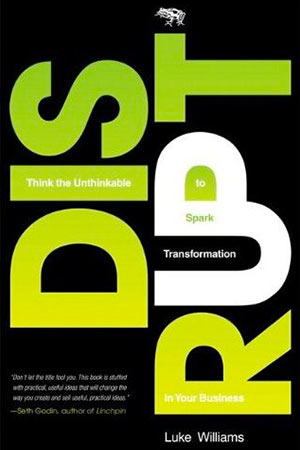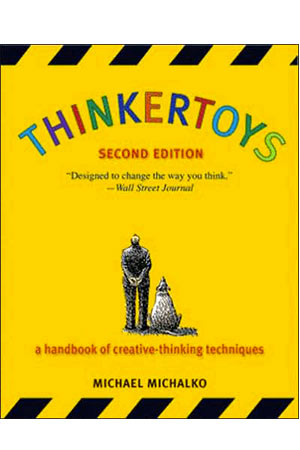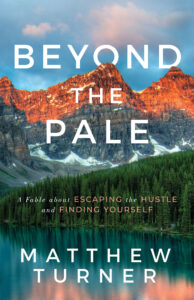YOU have a Brand Story! Not only that, but in a world where ideas are stolen and styles imitated, it’s one of the few unique things you own. If you’re thinking about rebranding, your brand story should be top of your to-do list. There is a big problem, however, and it’s that every company shares their Brand Story these days, so if you want to stand out, you need to know what you’re doing.
Well, lucky for you, you’ve come to the right place, because I surround myself with inspiring stories each day.
My rather unique approach is to DISCOVER, CREATE & SHARE YOUR STORY, and the reason I’ve highlighted discover in red is, because that’s what this post is about. I want to offer you a glimpse into how I help people like you Discover Your Brand Story. Each client I work with differs, of course, and every project is unique.
BUT, my approach surrounds the same process each time, and I’m here to share ALL. Some people may say, “why are you sharing your secrets, you crazy fool!!!” To this I reply, “Screw You. I’m not crazy, I’m just misunderstood.“
Anyway, I’ll try keep things as precise and simple as possible, for you have enough to worry about. Now, let’s focus on that wonderful brand story of yours, shall we?
[grwebform url=”http://app.getresponse.com/view_webform.js?wid=5060502&u=B3aK” css=”on”/]
HOW TO DISCOVER YOUR BRAND STORY
I love the discovery process of a brand story, because it focusses on the WHO & WHY. For too long businesses have concentrated on what they do and how they do it, but the modern day person desires stories. They need emotional attachments with the brands they use, so if you’re in the process of rebranding your business, I suggest you bump your brand story to the top of your list.
Not only does a brand story connect you with your audience, it solidifies your company culture, because this story of yours surrounds your most unique and important aspects. Maybe it’s an inspirational founder, a wonderful community/charitable initiative, or a unique process that sets you apart from all other competitors.
Whatever it is, I remain focussed on the WHO & WHY, for these two things guide you towards something emotional, honest, and important.
However, the who & why is often difficult to uncover. Sure, you think you know who you are and why you setup your business, and what makes you super unique, and how you’re different to everyone else. In your own head, you have all the answers. Getting these ideas out in a coherent thought that doesn’t leave the person listening scratch their head… hmmmm, not so much.
You have the answers, but most people ask the wrong questions. That’s what I aim to put right during the Discovering Process. I delve deep for the right questions, so I can uncover the right answers – This is how I take your Brand Story down a wonderful rabbit hole.
THE PREMISE:
The premise and approach I take to Discovering a client’s Brand Story is important, because if you go about it like everyone else, and ask the same old questions, then all you get are the same old answers – aka: the answers the client thinks are right. In my experience, the gritty-nitty of a story requires more depth than this, so the approach I take is a mixture of Disruptive, Lateral & Artistic Thinking.
My aim is to ruffle some feathers and have you consider things you wouldn’t otherwise consider. Your unique tale doesn’t sit on the surface, and it isn’t super obvious. It’s below a few layers of preconceptions and assumptions, and if you’re crafting your own brand story, this is even more difficult. Because first, you must battle through your own stubbornness to find the answers.
Don’t worry, help is at hand.
….
DISRUPTIVE THINKING
Disruptive Thinking is a fascinating subject, as it forces you to jump outside of the box and forget it exists all together. The premise around such thinking is that you won’t innovate or come up with something new unless you escape the tried and tested.
Most of my inspiration for this comes via the wonderful book, DISRUPT: BY LUKE WILLIAMS
Under normal circumstances, Disruptive Thinking surrounds product design, or larger than life business decisions. However, I find it’s useful for storytelling, too (not just for a brand story, but fiction, non-fiction & blogging), as to truly understand your story, you must delve deep and fight through the perceptions you’ve built up over time.
No matter who you are, you fall into the trap of believing the hype – that certain things are done a certain way because that’s how certain things are done. Well, this is bullshit, and if you want to discover your true brand story, you must disrupt your thinking. This is what I do with clients, and it’s lots of fun, because I play devils advocate and force them out of their comfort zone 🙂
….
LATERAL THINKING
Similar to Disruptive Thinking, Lateral Thinking encourages you to go beyond the obvious.
The idea here is, our natural thinking process is to take a conventional, vertical path (start at the bottom and work through a problem step-by-step). What Lateral Thinking does is, shakes things up and forces you to tackle an issue in crazy, and often whacky ways. Again, I utilise this in storytelling, because it ensures the same old questions aren’t asked.
For example, let’s say I’m hired by a serial entrepreneur to showcase her brand story. Because she’s interviewed all the time, I take a different approach, and have her interview ME. All of a sudden, she’s the one asking the questions, and as such, reveals a part of herself that she may hide under normal circumstances.
She isn’t in interview mode, so I remove the pressure and the standard answers she thinks she has to give. As someone trying to uncover her true story, this is far more useful. You too can utilise such thinking, by asserting a new role and seeing life in a totally new light.
….
ARTISTIC THINKING
This final one is something I’ve kind of made up. As far as I know, there isn’t a book as such, but the idea is rather simple.
You know an artistic/creative person, right? Maybe it’s a writer or musician or painter or designer… ? Whatever their field, they take a rather unique approach to work and figuring out problems, because creative people understand the dangers of remaining inside the box.
Once again, similar to Disruptive & Lateral Thinking, the point here is to disrupt normality, and ensure different questions are asked, different paths travelled, and different approaches used to unsettle you. Is such an approach annoying to everyone else? HELL YES! But don’t worry, because it’s all part of the process, and if you want to uncover your true brand story, you must dig deep.
If it were easy, everyone would have a rocking brand story – which I assure you, they don’t.
_________________
The Premise is the heart and soul of the Discovery Process, as it sets the tone and purpose of what you’re doing – aka: ruffling feathers so you can find the non-obvious answer.
By combining Disruptive, Lateral & Artistic Thinking, I know I’ll find a client’s true brand story. It involves some digging, and it isn’t always pretty, but greatness rests beneath the surface. Which begs the question: what do I do to get beneath this first layer?
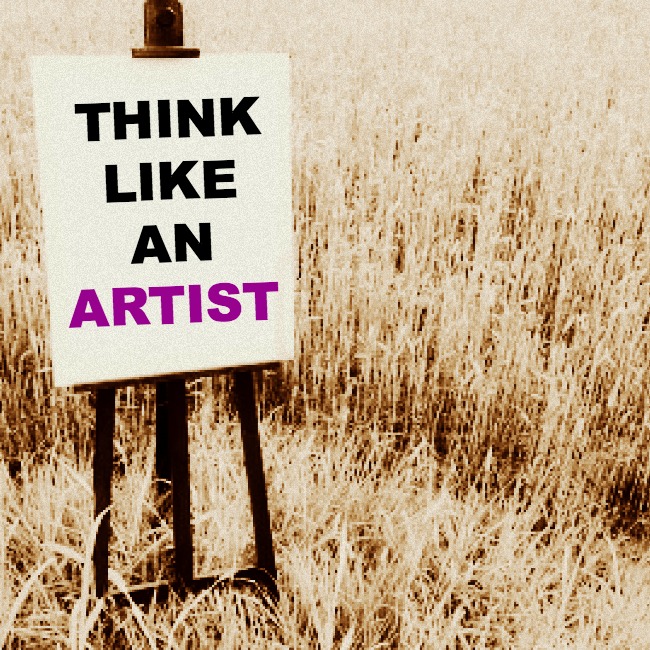
THE FACILITATIONS:
This covers the setting you use to gather all the juicy information, and there are several approaches I utilise depending on the client, the brand story, and the situation (and often requires a combination). I won’t go into all the Facilitations I use, but I’ll overview a few in the hope it gives you an idea of how I gather this brand story goodness.
And remember, the aim is to create a setting that pushes you and those around you out of your comfort zones!
….
THE DINNERVIEW
This is as standard as it gets, and is the sort of thing you can do anywhere (in person, over Skype, with friends and strangers…)
BUT, this isn’t any old interview, because standard interviews put people on edge, and send them into some pre-determined state where they give the answers they think they need to give. RUBBISH, because you want the right answer, not the fluffy one. This is why I call it a Dinnerview, because I disguise it as an informal drink, coffee, or first meeting.
I don’t ask standard questions, nor do I structure it like I would if I was interviewing them for a podcast. The goal is to create a warm environment where conversations happen naturally, and, from this, place stealthy questions here and there. Now, you may think a warm environment goes against what I said earlier, about forcing you out of your comfort zone. Well, don’t let the warm and fluffiness fool you, because getting you comfortable is exactly what I desire.
When relaxed and comfy, you reveal more of yourself. As such, you’re well and truly out of your comfort zone 🙂
….
STORY YOGA
This is where things get a tad quirky, because I can’t imagine you’re used to having meetings whilst performing a downward dog (Think of it as an alternative to the Golf Course Meeting).
I love yoga for many reasons, but one of its best aspects is the wonderful way it puts your mind at ease. Because your focus is on stretching and performing one exercise after another, it isn’t on your business or your brand story. Also, it’s great exercise, which means more oxygen for the brain.
Of course, this isn’t your usual yoga session, instead integrated with questions and tasks about your brand story. Again, like above, by making you comfortable and relaxed, you give different answers to than if you were in meeting mode. It also removes you from the daily grind, and allows your mind to wander and remember.
Because your brand story requires going back to the beginning, and many other memories along the way, the more zen and at peace you are, the better.
I suppose the real key here is, the questions and tasks you set. Getting someone relaxed is one thing, but ensuring you get the right answers is another. It’s no easy feat, and differs from person to person, but I discuss a few of the approaches I take in the final part of the discovery process.
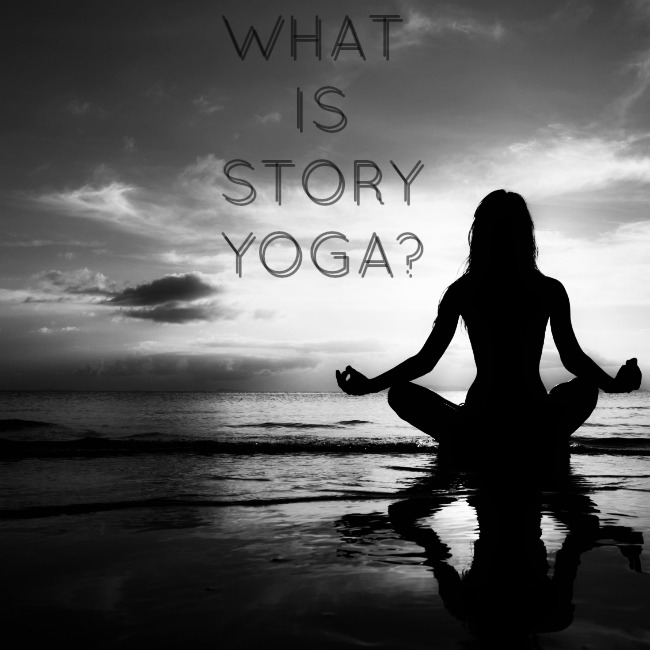
….
SHORT(ER) STORIES
As a writer, this is one of my favourites, and great at getting people to focus and refine their thoughts. Here’s the quick process:
<> STEP 1: On a sheet of A4 paper, fill the page with your Brand Story (pictures, writing, doodles… whatever you like)
<> STEP 2: Fold this paper in half, and share your Brand Story once again (this time with half the space)
<> STEP 3: Fold this paper in half again, and you guessed it, share your Brand Story for a third time (again, with half the space)
<> STEP 4: Open up your Twitter Account, and create a Brand Story Tweet (fit everything into 140 characters)
The great thing about this is, it can take on so many forms. It doesn’t have to involve writing at all, and you can adapt it to suit almost any situation. The whole point is to allow you to start with a rambling mess (which your Brand Story usually begins life as), and over time, refine this until only the most important aspects remain.
It’s not about creating a Brand Story Tweet, rather making you drill to the bare bones. For example, when writing my debut novel, BEYOND PARALLEL, the first draft came in at over 90,000 words! By the time I published it, it fell to just under 70,000.
As I edited and refined my ideas, I deleted entire scenes and replaced them with more precise and powerful ones. Creating a Brand Story is no different. You must first discover everything, before whittling it down to the important stuff. In the end of the day, I want my clients to think as far outside of the box as they can, and note every tiny detail that comes to mind. BUT, over time, we need to refine this until only the best remains.
THE TECHNIQUES:
Now, all this is fine, but how on earth do you figure out which questions to ask? Or what approach is best? Or how to gather the all important answers?
This is where the various Techniques, Puzzles & Games I use come into play. I have dozens in my arsenal, and far too many to share right now. What they all have in common is, they help you get the information you need.
I’ve acquired these Techniques from various places, but one book I reference a lot is, THINKERTOYS: BY MICHAEL MICHALKO. If you need help discovering your brand story, this is a book I suggest you look at. Right, here are a few of my favourite ones:
THINK BUBBLES
Similar to general brainstorming, Think Bubbles requires you to start with your overall challenge (Your Brand Story), and create other related bubbles that link to this.
For example, Your Brand Story Think Bubbling may look like this:
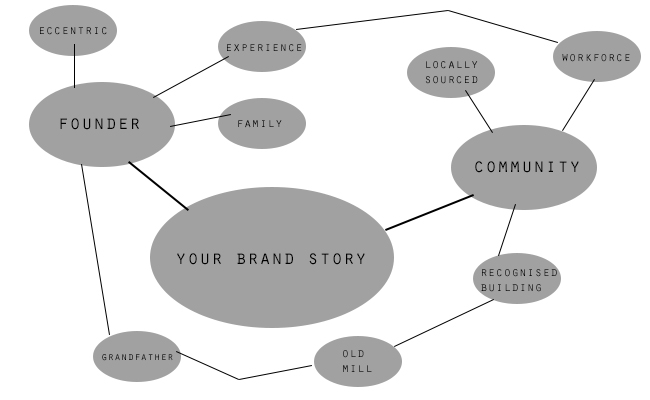
Again, this task can take on visual forms, and you can adapt it to suit your needs. It’s fantastic for thinking about the BIG picture (Your Brand Story), and all the individual elements that play a part in it (Founder – Community – Workforce – Product – etc…). And, as time goes by, you’ll find yourself adding new bubbles, and growing this list, because the deeper you go, the more depth you realise your brand story has.
….
THE PHOENIX
The Phoenix asks you to ask A LOT of questions… and then some more.
The idea is, a few questions won’t reveal a lot, but many questions will. I liken it to a little child who keeps asking why.
SMALL CHILD: Mum, why do some people have blonde hair, and others have brown?
MUM: Ermmmm, because you get a mixture of things from your mummy and daddy.
SMALL CHILD: But why do you have blonde hair, and daddy has blonde?
MUM: Because our mother and father’s had different hair?
SMALL CHILD: But WHY do they have different hair?
MUM: Ermmmmmmmm…
You get the point. We take a lot for granted, but once we start asking why, we realise how much we don’t know and understand. Small children don’t have the filter us boring adults do, and The Phoenix places you back into Little Kid mode.
It’s all about creating the longest list of questions possible, and keeping adding to it, and keep pressing, until you can take no more (and then, press a little further 🙂 ). I do this often with clients, constantly playing devil’s advocate. It annoys them, but this is fine, because I don’t want the easy answer, and neither should you. The only answers that matter are the right ones. And guess what? These don’t come easy!
You can find a great example of this in action HERE.
…..
IDEA LOG
Basically a diary, an Idea Log asks you note all your ideas over a given period of time (a week, a month… etc)
It doesn’t matter what the idea is, whether it’s linked to your brand story, or how crazy and insane, write it down in a notebook. This doesn’t stop at ideas, neither, because you need to make a note of every memory that springs to mind.
<> You hear a song in a coffee shop, and it reminds you of a past girlfriend – WRITE IT DOWN!
<> You see a pigeon in the street, and it reminds you of a meal you once had – WRITE IT DOWN!
<> You smell sunscreen and it reminds you of a holiday as a child – WRITE IT DOWN!
The point is to showcase all the things that spin around your mind, and how some of them link together. At the end of the process, as you look back on the list, it should create new memories, other ideas, and refine things that you would otherwise forget about. Because your brand story is made up of things that have happened and are happening RIGHT NOW, it’s imperative you open your eyes and mind.
You’ll be amazed at just how relevant the random things you think about are.
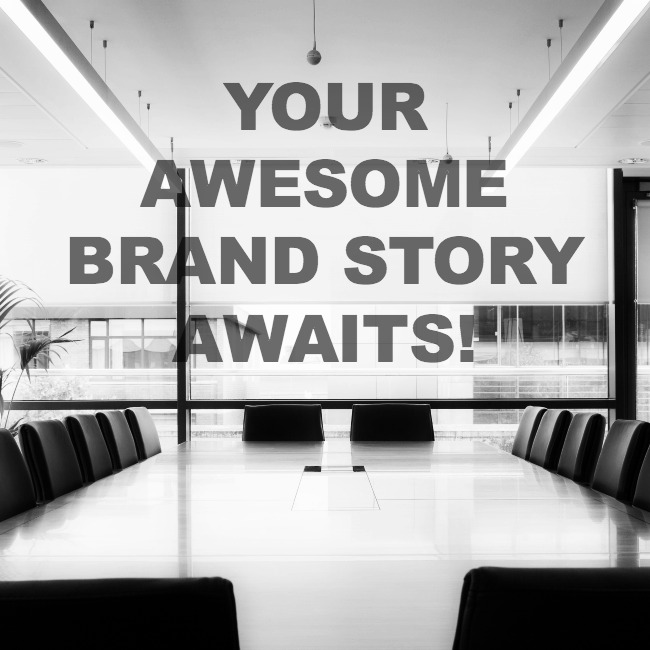
YOUR AWESOME BRAND STORY AWAITS!
There you go folks, a snapshot of how I discover my client’s brand story. Now, I know some of this is overwhelming, and you may want a simple template you can follow, but I’m sorry, that’s not how this works.
Like branding, crafting your brand story has MANY layers to it. Every time I work with a new client, I approach things differently, and use and combine different techniques and facilitations. But the aim is always the same: GET YOU OUT OF YOUR COMFORT ZONE!
Now, the big question that remains is, Can You Do This On Your Own?
I won’t lie, trying to Discover Your Brand Story without outside help is difficult. The whole point is to get you uncomfortable and to dig deep, and because of this, you need someone else to push the buttons. BUT, that doesn’t mean you need someone like me. After all, you can create the settings and the questions, and pass them over to an employee or friend to do the rest (so long as they to be merciless.)
OR, you can head to the front line, and involve staff members and customers, because, after all, this is where the magic happens. More often than not, your true Brand Story will surround these rather important folk. So, you may as well get them involved as soon as possible, right?
Anyway, I hope this rather long post helps, and has given you a greater insight into your brand story. If you do have any questions, or would like to share your own ideas, please get in touch with me on FACEBOOK or TWITTER – This is where cool convos occur 🙂
Until next time,
TURNDOG
[grwebform url=”http://app.getresponse.com/view_webform.js?wid=2632502&u=B3aK” css=”on”/]


